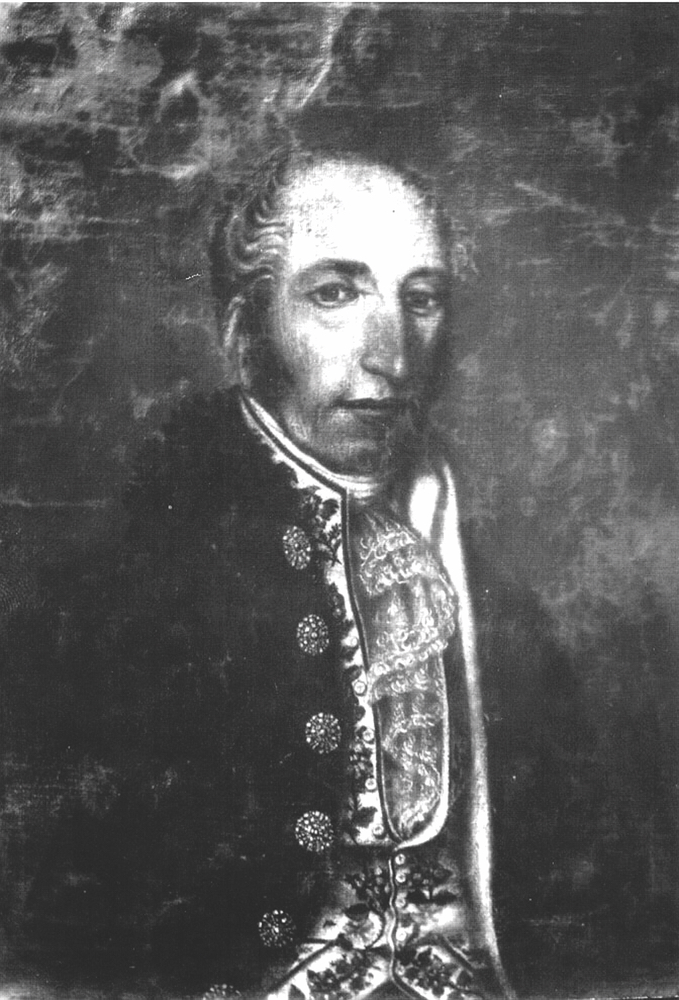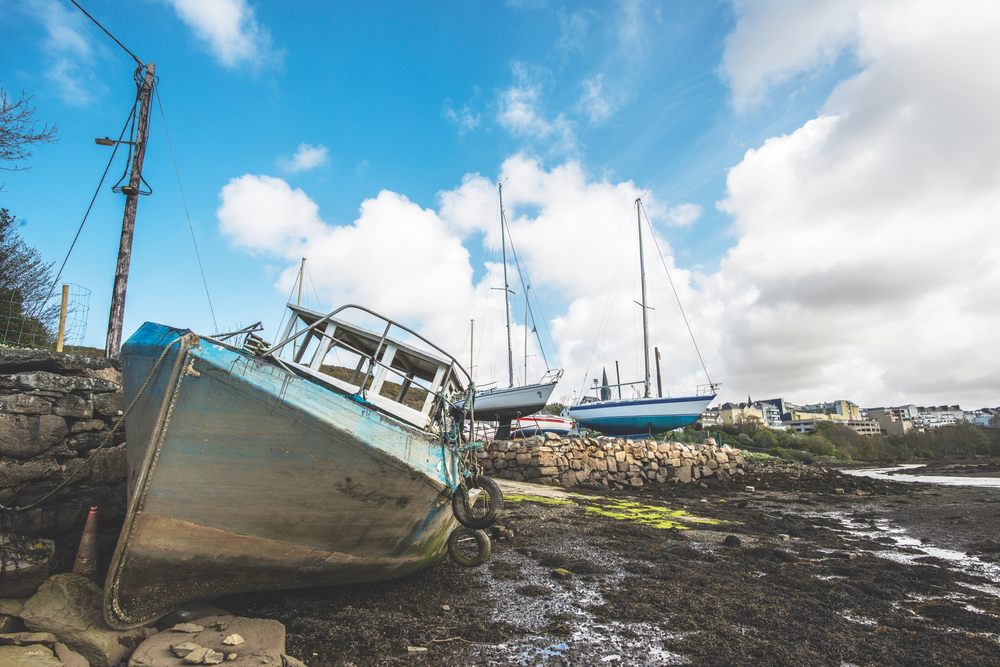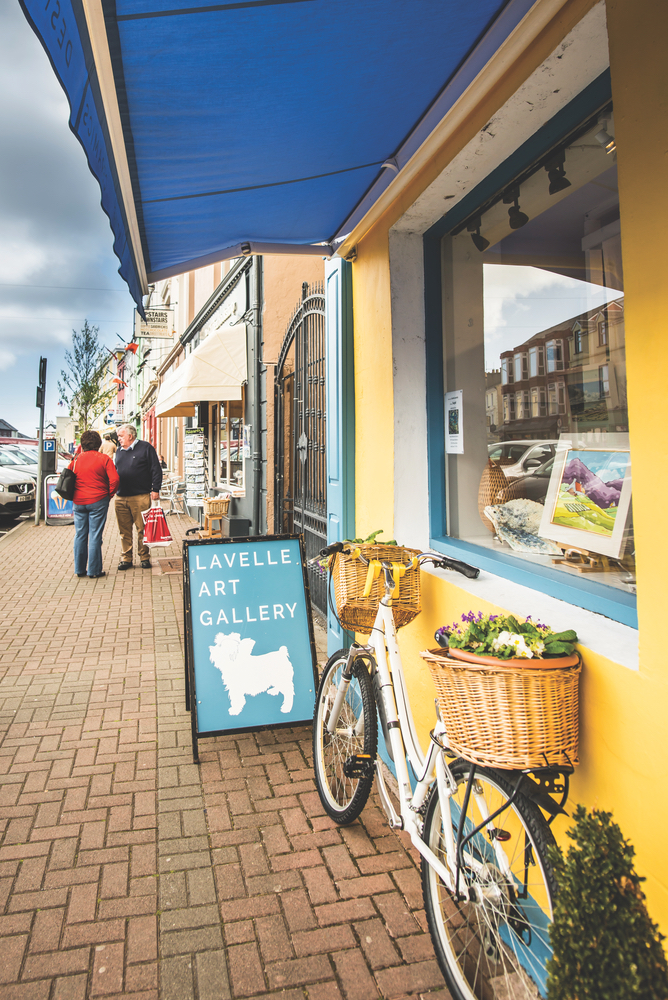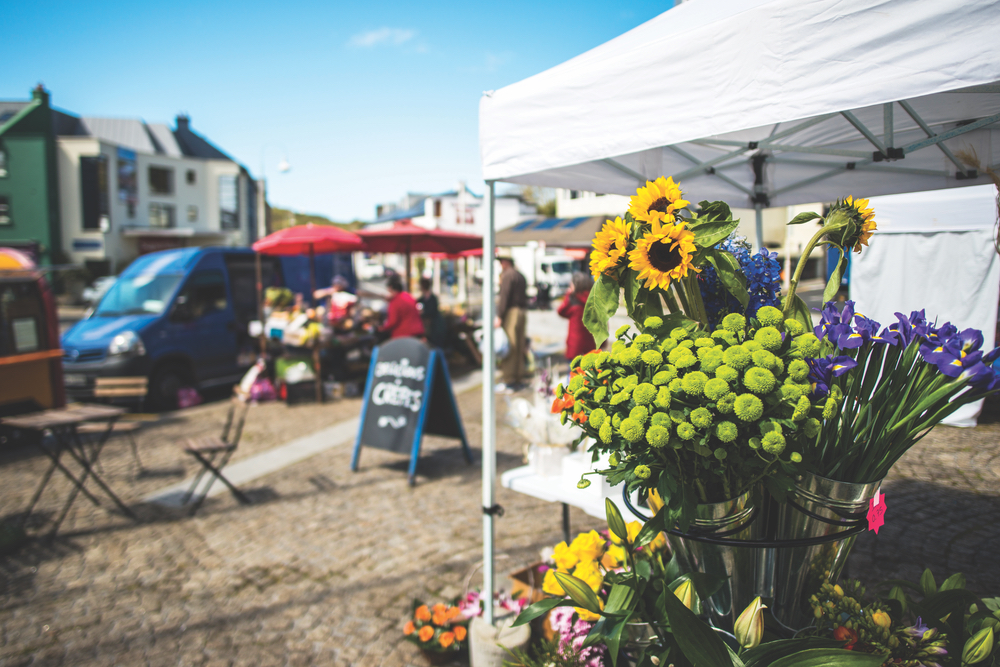
vie-magazine-connemara-life-clifden-uprising-hero
A view of the quaint town of Clifden in County Galway at sunrise, as seen from the nearby scenic Sky Road
Clifden
A Vibrant, Resourceful, and Creative Community
By Kathleen Villiers-Tuthill | Photography by Mark Furniss
In May 2012, Clifden marked the bicentenary of its founding with a week-long festival of talks, heritage walks, concerts, and street entertainment as well as a traditional boat regatta. The main focus of the celebrations was to honour the town’s founder, John D’Arcy, and to pay tribute to those who had inhabited this place before us.
Clifden is distinctive because, from the start, it was a created community that was brought together by John D’Arcy, who established the town in 1812 to increase the income of his remote seventeen-thousand-acre Connemara estate and to raise the living standards of his tenants there.
Establishing a town in Connemara in the early nineteenth century was a brave step by a young man; D’Arcy was only twenty-seven years of age. At the time, Connemara was an isolated, underdeveloped wilderness. A majority of its population lived along the coast, and almost all communication with other parts of Ireland and the world was by sea. Just one road ran through the interior, and it was poorly surfaced, frequently flooded in wintertime, and totally unsuitable for a wheeled vehicle. The rest of the district was only accessible on foot or by horseback over well-worn paths that had been in use for centuries. In addition, Connemara had a lawless reputation and was renowned for illicit distilling (poitín making) and smuggling, making it all the more difficult for D’Arcy to attract legitimate business to his new town.
[double_column_left]
Clifden founder John D’Arcy
Photo courtesy of Adrian Lead
The D’Arcy estate ran along the coast from Streamstown Bay to Ardbear Bay and was bordered on the east by the Ballynahinch estate, property of the Martin family. The D’Arcy family had held the Connemara lands for over 150 years, along with other estates in the east of the county. John D’Arcy, however, was the first of the family to take up residence in Connemara; he built Clifden Castle on the Sky Road and moved there with his young family following the death of his wife, Frances, in 1815. He remarried in 1820 and had fourteen children total.
[/double_column_right]Although founded in 1812, the town of Clifden took many years to develop, and the project might well have failed were it not for D’Arcy’s energy, singlemindedness, and determination. D’Arcy succeeded in attracting people to this inhospitable district by offering long leases at low rents. However, because of the region’s many disadvantages, it required an exceptional pioneering spirit to choose to live here. The early citizens of Clifden came from all parts of Ireland, and this diverse community established itself under D’Arcy’s management. It was D’Arcy’s proud boast that, although the people of the town were of ‘different religions and from different parts of the Kingdom’, they lived in harmony.
The Clifden we recognise today took shape in the 1820s thanks to significant improvements in the quantity and quality of the houses being built; the number of dwellings rose from 46 in 1821 to 290 just a decade later.
The Clifden we recognise today took shape in the 1820s thanks to significant improvements in the quantity and quality of the houses being built; the number of dwellings rose from 46 in 1821 to 290 just a decade later. This is attributed to the arrival of a number of skilled craftsmen who were employed in public works, chiefly road and pier construction, that were then under way in the district. The houses flanked broad streets and were a mixture of private residences and ground-floor shops with living quarters above. To accommodate the growing population, Protestant and Roman Catholic churches and schools were erected, and a brewery, a distillery, and a mill were established on the banks of the Owenglin River, next to the waterfall. For the administration of justice, a police barracks, a courthouse, and a jail were also added.

Fishing and sailing boats await their next voyage into Clifden Harbour, just a short walk from town
Following the establishment of the Poor Law relief system in the 1830s, the town became the centre for administering relief to the Clifden Union, which covered 191,426 acres and had a population of 33,465 in 1841. This covered most of the area we refer to as Connemara today. The Union workhouse, a four-storey building on the Galway Road with accommodations for three hundred destitute poor, was in use from 1847 to 1921.
During the Great Famine of the late 1840s, when starvation, sickness, and death were everywhere to be found, the Union workhouse building was extended to house almost a thousand, and auxiliary workhouses and fever hospitals were established throughout the Clifden Union. The highest number of workhouse inhabitants recorded was in February 1850, when the combined buildings held 1,963 people. Those denied entry to the workhouse filled the streets of Clifden in search of charity or outdoor relief. They were frequently forced to exchange a portion of their free rations for space in a crowded tenement. The overcrowded tenements, jail, and workhouse became breeding grounds for cholera and fever, resulting in many deaths. Few families were exempt from the effects of the famine.
John D’Arcy died in 1839, and the town and estate were passed to his son Hyacinth. The estate was, however, greatly in debt, and the effects of the famine left Hyacinth bankrupt. As a result, the D’Arcy estate and the town were sold in 1850 to the Eyre family of Bath, England, for a mere £4,000. Various members of the family lived at Clifden Castle until the 1920s. The influence of the Eyres on the affairs of the town would, however, never be more than marginal when compared with the impact of John D’Arcy.
The years following the Great Famine saw the town struggle to survive commercially; periodic crop failures frequently left the people in debt to shopkeepers, and the very poor had to seek temporary relief at the workhouse. Many small farmers saw emigration as their only option. Emigration schemes set up by Father James Nugent (a Catholic priest from Liverpool) and James H. Tuke (a Quaker from York) aided over 3,500 men, women, and children with exchanging their harsh existence in Connemara for the chance of a better life in North America in the early 1880s. These emigrants, in turn, sent home money to pay the passage for family members they left behind, starting a chain migration that continued for decades. The descendants of many of these emigrants are found among Connemara’s summer visitors today, searching for family graves and homesteads, and frequently making contact with long-lost relatives.
[double_column_left][/double_column_left] [double_column_right]The opening of a rail link between Galway and Clifden in 1895 aided the development of agriculture and fisheries in the region, and helped to establish the tourism industry for which Connemara is now famous.

Today, Clifden’s Main Street boasts colourful shops, galleries, pubs, cafes, and more.
The opening of a rail link between Galway and Clifden in 1895 aided the development of agriculture and fisheries in the region, and helped to establish the tourism industry for which Connemara is now famous. The rail line, however, was never profitable and was closed in 1935.
The local economy was further boosted with the 1907 opening of the Marconi wireless station south-west of Clifden at Derrygimlagh. The station received its first commercial wireless message from its sister station in Cape Breton, Nova Scotia, on 17 October that year. The Marconi Company employed a large, well-paid staff of operators, engineers, and maintenance men, all of whom lived on or near the station and were generous in their patronage of local businesses. The station also offered casual work to over two hundred local men, providing them with sufficient earnings to make working their farms a viable alternative to emigration. The station closed in 1922 after sustaining damage in an attack by Republican forces during the Civil War.
The arrival of the first non-stop transatlantic flight at the Marconi station on 15 June 1919 was announced in banner headlines around the world. Pilot Captain John Alcock and navigator Lieutenant Arthur Whitten Brown had made the flight from Saint John’s, Newfoundland, to Derrygimlagh in sixteen hours and twenty-eight minutes, writing their names, and that of the town, in the annals of aviation history.
The vigour and resolve to create a vibrant, resourceful, and creative community have been the recurring theme in the history of the town. That spirit has enabled Clifden to prosper and continue to attract new people.
It is thought that 150 men from Clifden enlisted in the British forces during the Great War, and there were many more from the wider Connemara area. Some lost their lives at the front, but most returned to play their part in the formation of the Irish state, either as civilians or as soldiers.
The turbulent years of the War of Independence and the Civil War from 1919 to 1923 brought loss of life, personal tragedy, and frequent disruptions to the civic life of the Clifden community. During the War of Independence, raids by the regular police and the emergency special force of Black and Tans on the homes of republican supporters in 1920 escalated to terror in March 1921, when three men—two RIC and one civilian—were killed on the streets of the town and the Black and Tans set fourteen houses on fire.

Take a stroll through the town’s vibrant market each Friday to pick up fresh flowers and other local goods. You may even hear some music on the street!
Connemara witnessed a good deal of fighting in the Civil War of 1922–1923. Control of Clifden shifted between the opposing sides three times in the space of four months from August to December 1922, and a ten-hour battle was fought in the streets on Sunday, 29 October. The soldiers of the Free State eventually retook and held the town on 16 December 1922. Political stability was soon re-established.
Emigration continued to be a central element in the patterns of life in the decades following the establishment of the Irish Free State in 1922. However, the vigour and resolve to create a vibrant, resourceful, and creative community have been the recurring theme in the history of the town. That spirit has enabled Clifden to prosper and continue to attract new people endowed with the energy, talent, and determination to enhance the local community.
Today, Clifden is an example of how priceless human capital—ambition, human effort, and entrepreneurship—has been developed to match the unrivalled beauty of its physical setting. This compelling combination has enabled Clifden to charm visitors and energise the local population to create a lively economy; a rich communal culture of societies, festivals, and activities; and a firm sense of local pride and responsibility.
— V —
Kathleen Villiers-Tuthill is an author and historian living in Connemara.
www.ConnemaraGirlPublications.com
Share This Story!
KEEP UP WITH THE LATEST STORIES FROM VIE

































































































































